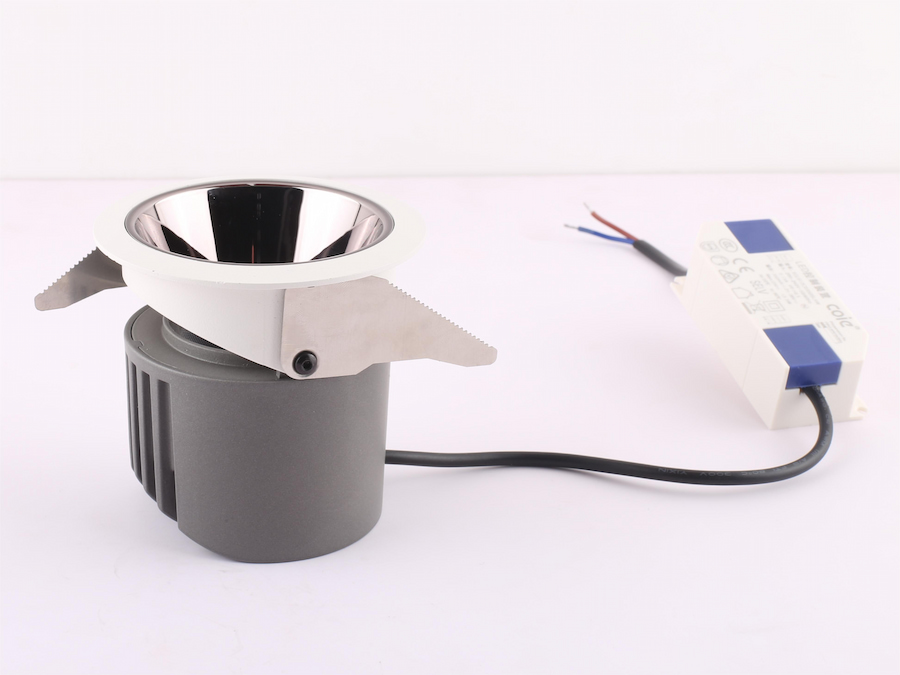Understanding Power Factor In Led Lighting: A Guide For Commercial Applications
Jan 15, 2024In The World Of Led Lighting, There Are Several Technical Terms That Play a Crucial Role In Understanding The Performance And Efficiency Of The Lighting System. One Such Term Is Power Factor, Which Has a Significant Impact On The Electrical Efficiency Of Led Lights. This Article Aims To Demystify Power Factor, Explain Its Importance In Led Lighting Systems, And Provide Guidance On Selecting The Suitable Power Factor For Different Commercial Lighting Applications.
What Is Power Factor?
Power Factor Is a Measure Of The Efficiency Of Electrical Power Utilization In An Electrical Circuit. It Represents The Ratio Of Real Power (The Power That Performs Useful Work) To Apparent Power (The Combination Of Real Power And Reactive Power). Power Factor Is Expressed As a Decimal Or a Percentage, Ranging From 0 To 1 Or 0% To 100%, Respectively. A Power Factor Of 1, Or 100%, Indicates Perfect Power Factor And Optimal Power Utilization.
Importance Of Power Factor In Led Lighting:
Led Lights Are Powered By An Led Driver, Which Converts And Regulates The Incoming Electrical Power Supply To Match The Requirements Of The Leds. The Power Factor Of The Led Driver Is Essential In Determining The Overall Electrical Efficiency Of The Led Lighting System. A High Power Factor Indicates Efficient Power Utilization, Resulting In Reduced Power Losses And Increased Energy Savings. On The Other Hand, a Low Power Factor Leads To Poor Power Utilization, Higher Energy Consumption, And Increased Strain On The Electrical Infrastructure.
Example:
Let's Consider a Commercial Lighting Installation That Consists Of a Large Number Of Led Downlights. These Downlights Are Connected To An Led Driver With a Power Factor Of 0.85. If The Total Power Consumption Of The Lighting System Is 10 Kilowatts, The Apparent Power Drawn From The Electrical Grid Would Be Higher Than The Actual Power Required Due To The Lower Power Factor. This Leads To Increased System Losses And Wasted Energy, Resulting In Higher Utility Costs.
Selecting The Suitable Power Factor For Commercial Lighting:
When Selecting Led Lights For Commercial Applications, It Is Crucial To Consider The Power Factor Of The Led Driver. Different Markets May Have Varying Power Factor Requirements Based On Local Regulations And Standards. Generally, Power Factors Greater Than 0.9 Are Considered Acceptable For Most Commercial Applications. However, Selecting a Higher Power Factor Can Offer Additional Benefits, Such As Improved Energy Efficiency, Reduced Electricity Bills, And Better Compatibility With The Overall Electrical Infrastructure.
It Is Important To Note That Some Countries And Organizations Enforce Specific Power Factor Guidelines And Regulations To Ensure Efficient Electrical Utilization. Compliance With These Standards Not Only Guarantees Energy Savings But Also Helps In Maintaining a Sustainable And Environmentally Friendly Lighting System.
Power Factor Plays a Significant Role In The Overall Efficiency And Performance Of Led Lighting Systems. Choosing Led Drivers With a High Power Factor Helps Minimize Energy Consumption, Reduce Power Losses, And Ensure Optimal Electrical Utilization. When Selecting Led Lights For Commercial Applications, It Is Essential To Evaluate And Consider The Suitable Power Factor Based On Local Regulations And Standards. By Emphasizing Power Factor, Businesses Can Achieve Energy-Efficient Lighting Solutions While Contributing To a Greener And More Sustainable Future.
